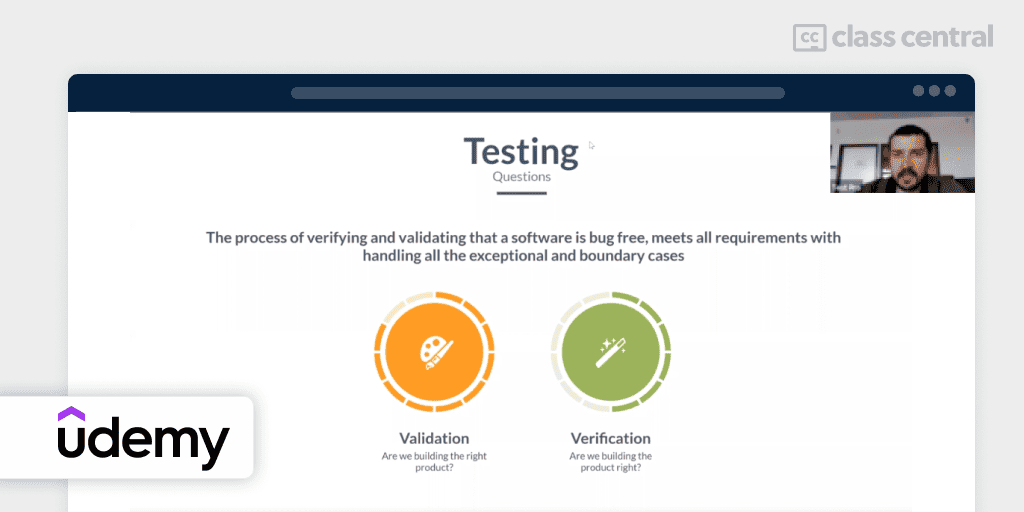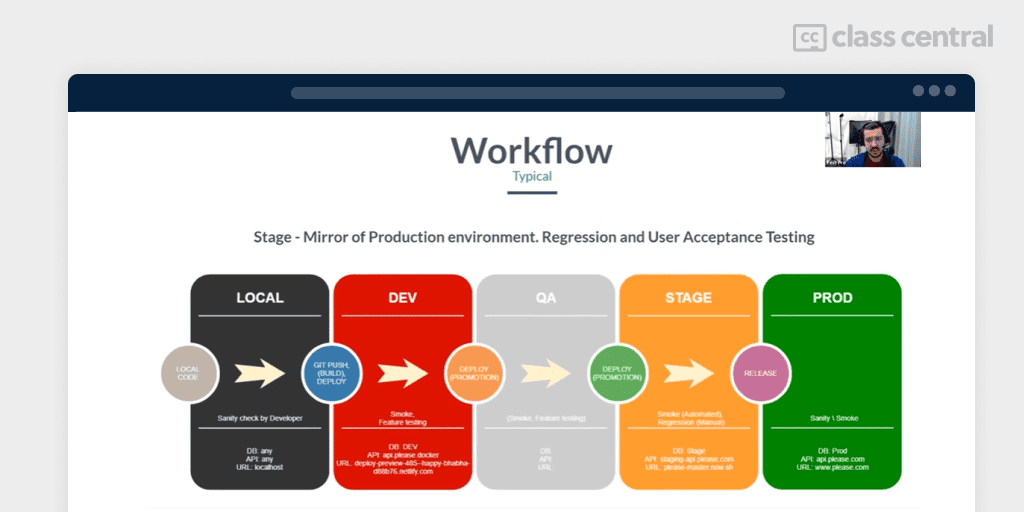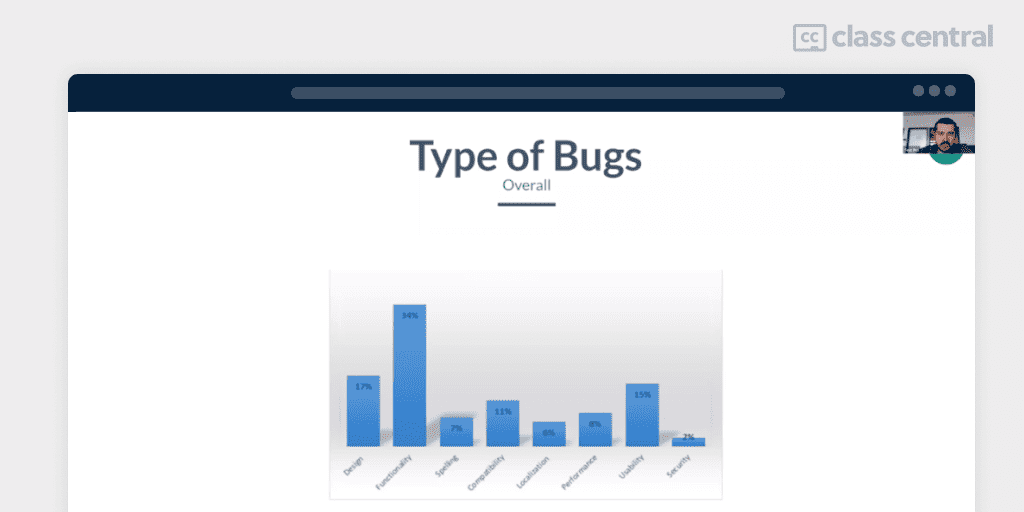Review of Software Testing Course: A Beginner’s Guide to Manual QA Testing on Udemy
“Software Testing Simple (Software Quality Assurance QA)” is a concise and engaging beginner-level course for manual software testing, taught by an experienced instructor.

I recently took the free course Software Testing Simple (Software Quality Assurance QA) by Denis Platonov on Udemy. Platonov mentioned that the course was under three hours long because Udemy rules do not allow free access to courses over three hours.
Why I Took This Course
With a recent reorganization of some roles at my workplace, I was asked to learn about manual QA testing. I found this course to be just what I needed to familiarize myself with the manual testing process.
Instructor
Although I had not previously heard of Denis Platonov, it’s clear that he is a competent QA tester. He makes passing mention of various jobs he’s had in this field and gives us confidence that we can do it too.
My Skills
Although I have taken various short online courses on programming, I am not a programmer. I have, however, participated in several QA tests at my workplace, before new updates to the website were rolled out. It was illuminating to learn the background and procedures for setting up QA tests rather than simply being told what to test, how to test it, and how to report bugs.
Success
As a beginner-level course, no prerequisites are needed beyond familiarity with computers and the internet. The instructor explains all aspects of the topic clearly in the videos, and it’s easy to repeat parts if necessary.
Certificate
No certificate was offered for this free course, but the knowledge gained was very useful. If you want a qualification to help in your job search, the instructor mentions an international exam for QA testers.
The Course

The course is adapted from a bootcamp from 2019, but the material still comes across as fresh. Many videos include little cartoons or amusing clips that help us understand and remember the concepts. Transcripts and subtitles are available, although apparently no one did any QA checking on them! The transcripts have occasional errors, such as, “We’re going to use Cogill for my knapping” instead of, “We’re going to use Coggle for mind mapping”. Generally, though, these are minor details and the meaning can still be understood.
Some topics covered are:
- Types of testing
- Bug triage
- Ad-hoc (monkey) testing
- How to test on different browsers
- Smoke testing
- Boundary value analysis
- Regression testing
- Front-end and back-end analysis.

In this introductory course, some topics would have benefited from deeper explanations.
There was no discussion forum, but it was not really needed. One aspect I noticed was that several tools were mentioned at the start of the course (such as Coggle), but how to use these was not fully explained.
Grading
The course is broken up into nine sections, with several short videos in each section. There are three multiple-choice quizzes that test your knowledge of sections one and two, sections three and four, and sections five and six. I would have preferred another quiz to test sections seven and eight. Section nine covers various aspects of getting a job in the QA field, including writing your resume and answering common interview questions, so it does not need to be tested.
Time Commitment
I spent around four or five hours on the course, spread over three days. Although I watched the three hours of videos at 1.5 speed, I frequently paused the playback to take notes.
Conclusion
This short course helped me quickly become familiar with QA testing of software and I am keen to learn more. I’m investigating other courses in the Software Testing subject to improve my knowledge in this field.





